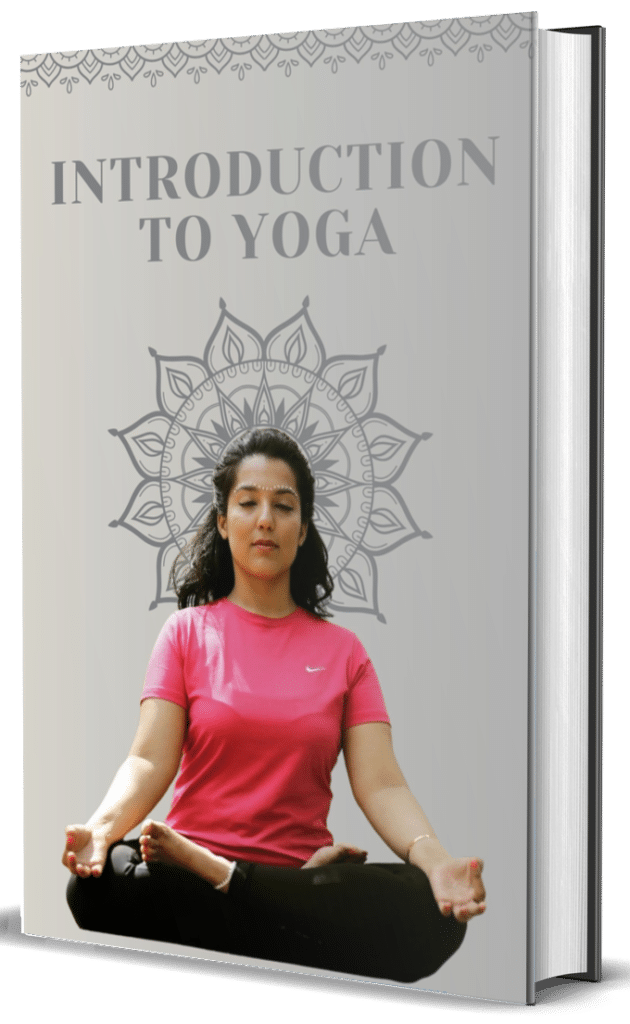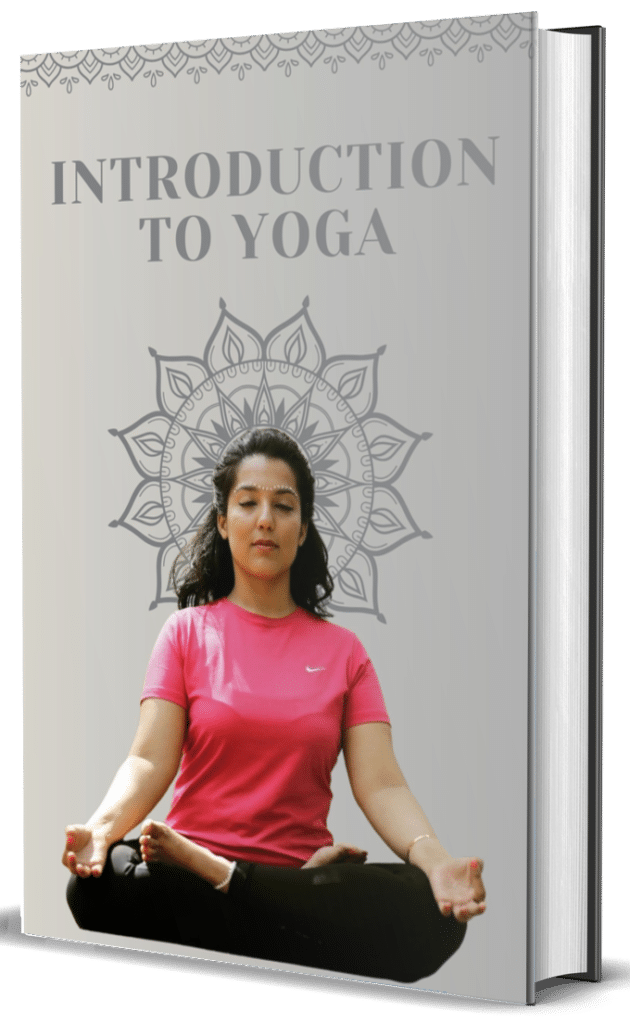Yoga Anatomy applies modern scientific understanding of human structure and function to the practice of yoga postures breathing techniques and meditation. This specialized field examines how anatomical components—bones muscles joints connective tissues and physiological systems—respond to yoga practices informing safer more effective technique. Key areas of focus include: skeletal alignment and joint action in different poses; muscular engagement and release patterns; fascial connections throughout the body; nervous system responses to different practices; respiratory mechanics during pranayama; and anatomical variations affecting individual experience. Understanding yoga anatomy helps practitioners: adapt poses to their unique structures; recognize healthy alignment versus potentially harmful positions; sequence practices intelligently; understand anatomical benefits of different poses; and develop body awareness that prevents injury. The field integrates traditional yogic concepts like chakras nadis and koshas with contemporary understanding of biomechanics physiology and neuroscience creating a comprehensive approach to practice. Leaders in yoga anatomy like Leslie Kaminoff David Keil Ray Long and Judith Hanson Lasater have significantly influenced modern teaching methodologies making anatomical understanding essential for yoga teachers and beneficial for dedicated practitioners seeking deeper knowledge of their practice.



